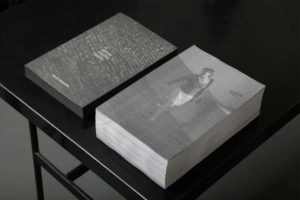 Henrik Malmstrom is a Finnish photographer currently living and working in Buenos Aires, Argentina. Malmstrom self-published his first book in 2010, titled ‘On Borrowed Time‘. He is the co-founder and curator of the Müllkellergalerie which is a premium art gallery located in a garbage room in Hamburg, Germany. Malmstrom has won over 15 awards since 2008 as well as being shortlisted for the best photobook of the year in 2016.
Henrik Malmstrom is a Finnish photographer currently living and working in Buenos Aires, Argentina. Malmstrom self-published his first book in 2010, titled ‘On Borrowed Time‘. He is the co-founder and curator of the Müllkellergalerie which is a premium art gallery located in a garbage room in Hamburg, Germany. Malmstrom has won over 15 awards since 2008 as well as being shortlisted for the best photobook of the year in 2016.
I think that Malmstrom has a very interesting approach in his book ‘A Minor Wrongdoing‘ in which he photographs subjects at night with a very high ISO to create grainy and underexposed photographs. In this book Malmstrom would photograph people that he saw from the window of his living room using a cheap digital camera. He would create the effect of a surveillance camera by setting the ISO abnormally high. The book that came from this replicates a messy police report archive with the grainy monochromatic photographs creating a sense of abstraction due to their unconventional appearances. The photographs in this book were taken between 2011-2014, Malmstrom’s synopsis of ‘A Minor Wrongdoing’ says that the project records “the last remains
of street life in an urban area that is currently undergoing
fierce gentrification after recent official law enforcement
against street-based prostitution”.
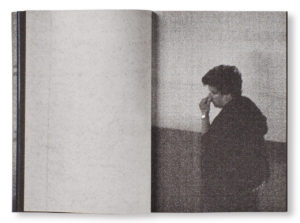
I think that Malmstrom’s defiance of the rule of technicality is very interesting and unique as it creates a composition that most photographers would not even attempt to make. Whilst having an abstract and unconventional aesthetic in this project, Malmstrom has managed to make this work still look good whilst breaking the rules of technicality. I plan on taking inspiration from Malmstrom’s work when exploring breaking the rule of technicality as I think I can successfully combine documentary/street photography along with this style to create something that I would not usually attempt.
Analysis

In this photograph, Malmstrom has used natural lighting, or the lack of it, in order to create a very grainy and grey photograph which replicates the effect of a surveillance camera. Within this photograph there is not a wide tonal range due to the grey and surveillance nature of the photograph which creates an almost old-fashioned effect within the photograph. The photograph is not a very high contrast either due to the dark setting that Malmstrom is going for, but the low contrast works for the style of photograph. Malmstrom will have used a shutter speed of around 1/50 – 1/100 with a very high ISO of 1600 or 3200 as the idea of this project was to capture grainy photographs of people in the dark. Technical quality was not a key aim of this photograph, which can be seen, as Malmstrom aimed to create these technically incorrect photographs. The high ISO allows for the grainy texture to be created which adds a lot of character to the photographs and adds to the dark and mysterious setting.
There is no colour in this photograph – only black and white. This black and white theme further conveys the theme of surveillance and discretion within the photographs. The mixture of the high ISO grainy photograph with the black and white effect means that the tones are also very dark and mysterious – these dark tones make the setting have a sinister and secretive vibe meaning there could be more to what meets the eye with this subject. The grainy texture makes the photograph seem as if it was printed poorly – which again breaks the technical rules of photography, but this grainy texture fits in to further push the idea that this is a mysterious photograph. The eye is immediately drawn to the cigarette being lit in the subjects mouth as it sparks to be the whitest part of the photograph, contrasting from the regular grey tones without. This white spark illuminates the side of the subjects face to give a slight sense of the subjects identity without giving too much away, leaving more mystery in the photograph. The subject is also placed along one of the vertical lines of the rule of thirds – this may be intentional but also may not be, either way it makes the photograph more aesthetically pleasing for the viewer. There is not much of a 3D setting to the photograph due to the dark and grey tones with little shadowing.
This photograph was taken from Malmstrom’s book ‘A Minor Wrongdoing‘ in which he photographs subjects at night with a very high ISO to create grainy and underexposed photographs. All of the subjects within the book were photographs from Malmstrom’s living room window which adds to the sense of mysteriousness and surveillance. On the final outcome of the book in which this photograph was placed, it replicated a messy police report archive which shows that the surveillance theme conveyed throughout the photographs is intentional.
I think that through this photograph and the other photograph from his book ‘A Minor Wrongdoing‘, Malmstrom is trying to question whether the technicalities and conventions of photography and society that we are supposed to conform to really matter in the grand scheme of things. I think this because Malmstrom is photographing unaware subjects whilst they are in their own world, not worrying about conforming to society’s standards or trying to impress people. Through doing this Malmstrom is showing what people are really like when they are not around and so how we should be all the time. Malmstrom further presses this idea by not sticking to the normal conventions of photography through grainy, low contrast photographs caught with an abnormally high ISO.


 One of the leading inspirations that I came across for the shoot was the photographer Donald Weber. Weber had used rule of the camera as the main focus point for many of his previous shoots, a certain example of this was named War Sand. War Sand used microscopes to identify otherwise undetectable pieces of metal that were left behind from the World Wars, creating abstract and alien like results. This would rely heavily on other technology to produce the outcome Weber desired as it used external software instead of the camera, with the camera itself only playing a small part of the final result. Here are some of the examples I found to be the most effective from Weber’s project War Sand:
One of the leading inspirations that I came across for the shoot was the photographer Donald Weber. Weber had used rule of the camera as the main focus point for many of his previous shoots, a certain example of this was named War Sand. War Sand used microscopes to identify otherwise undetectable pieces of metal that were left behind from the World Wars, creating abstract and alien like results. This would rely heavily on other technology to produce the outcome Weber desired as it used external software instead of the camera, with the camera itself only playing a small part of the final result. Here are some of the examples I found to be the most effective from Weber’s project War Sand: Once finished with exploring inspirations for my shoot I found that I would need to create a mind-map that would identify areas of focus when taking photographs. This time wise would help loads as it would prevent me from wasting time on the day as to what to look for, instead creating a clear picture from the start into what I should identify as my main points of interest. Here are some of the ideas that I found would have particular importance for the shoot:
Once finished with exploring inspirations for my shoot I found that I would need to create a mind-map that would identify areas of focus when taking photographs. This time wise would help loads as it would prevent me from wasting time on the day as to what to look for, instead creating a clear picture from the start into what I should identify as my main points of interest. Here are some of the ideas that I found would have particular importance for the shoot: After creating the mind-map I found I was finally ready to go ahead with the shoot, taking into consideration the ideas recently drawn up and presented above I decided to focus my shoot around areas of historic relevance. This would consist of bunkers, castles etc, which would enable me to photograph unusual structures and landscapes unique to that area, with pattern and abstract being my main aims to achieve out of the entire shoot. Here I would look at how over time certain areas have deteriorated and how the surrounding landscape has adapted to fit in around it, specifically looking at rust and the area around it. Here are the outcomes from my shoot:
After creating the mind-map I found I was finally ready to go ahead with the shoot, taking into consideration the ideas recently drawn up and presented above I decided to focus my shoot around areas of historic relevance. This would consist of bunkers, castles etc, which would enable me to photograph unusual structures and landscapes unique to that area, with pattern and abstract being my main aims to achieve out of the entire shoot. Here I would look at how over time certain areas have deteriorated and how the surrounding landscape has adapted to fit in around it, specifically looking at rust and the area around it. Here are the outcomes from my shoot: 

 From here I will select ten images that I found were the most effective outcomes from the entire shoot. By doing this it would allow a greater insight into what made me select these images and how I would select the final and best picture from the shoot.
From here I will select ten images that I found were the most effective outcomes from the entire shoot. By doing this it would allow a greater insight into what made me select these images and how I would select the final and best picture from the shoot.

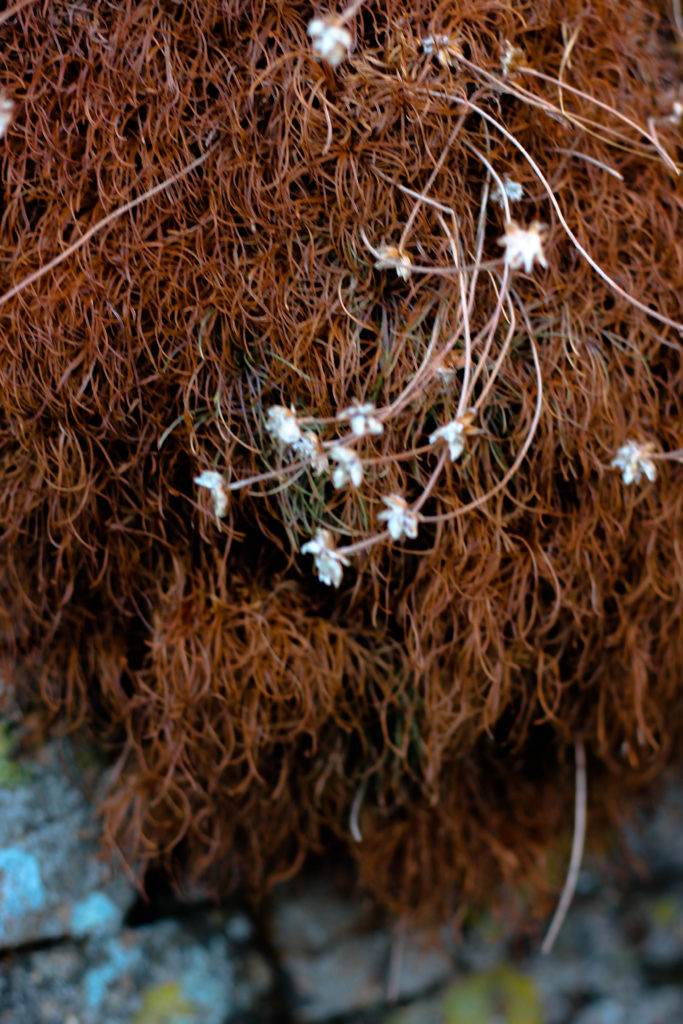

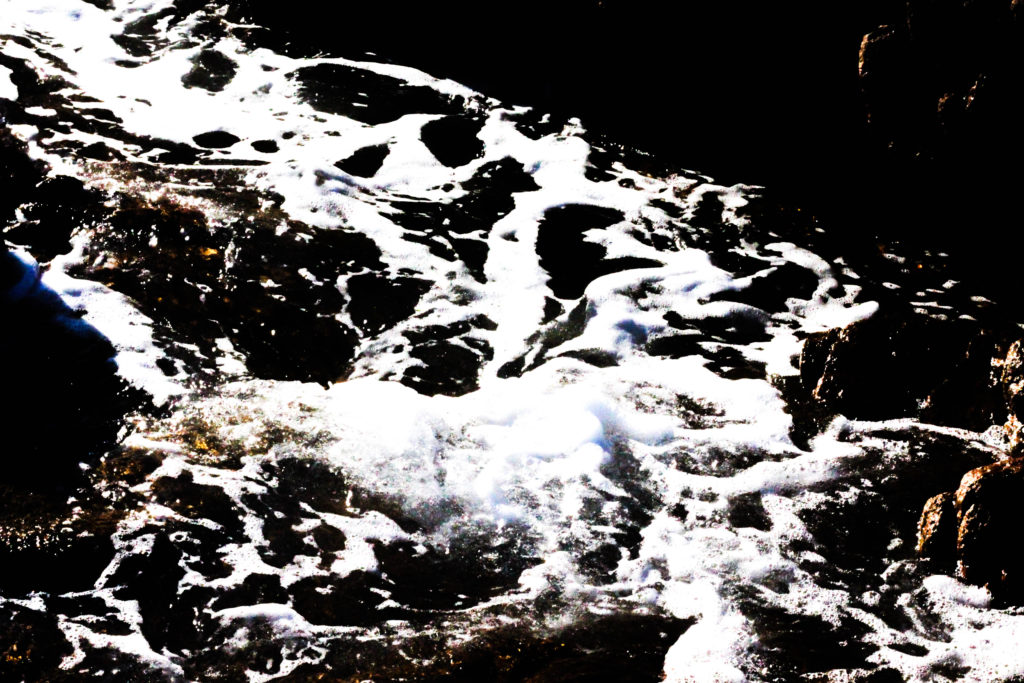




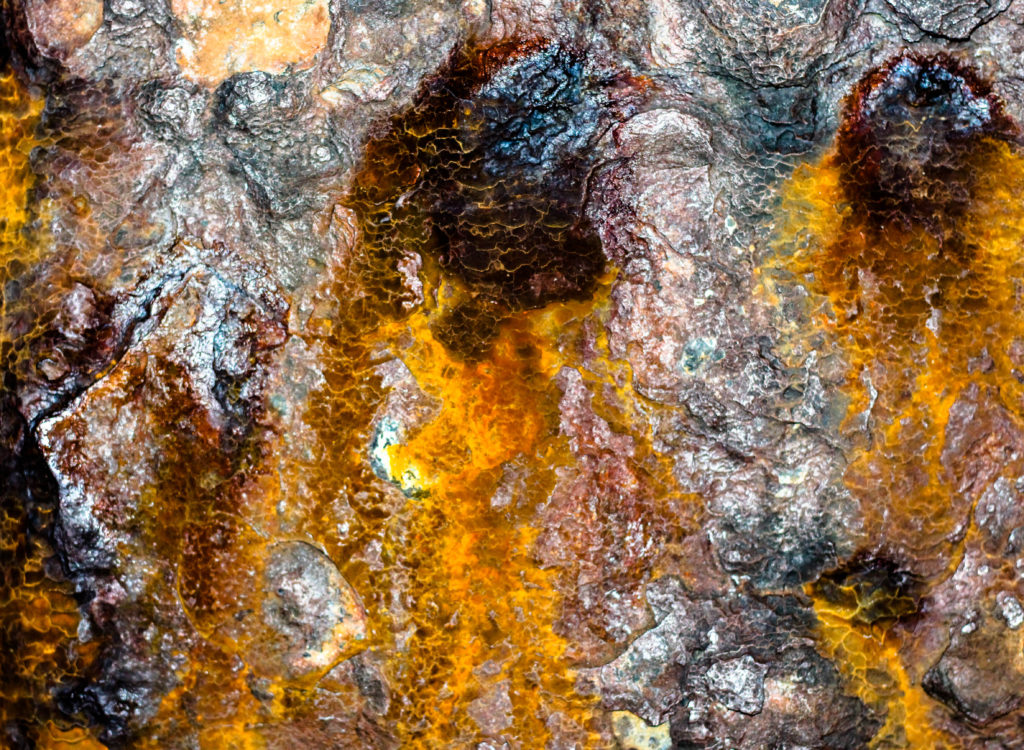 After looking over what I deemed to be my best imagery from the shoot I decided to select the best five photos and analyse them. By doing this it would allow me to understand how they could be related to the topic of conventions, whilst discovering what aspects within the photographs made them so effective that I chose them out of the shoot. Here is my selection of my favorite five images:
After looking over what I deemed to be my best imagery from the shoot I decided to select the best five photos and analyse them. By doing this it would allow me to understand how they could be related to the topic of conventions, whilst discovering what aspects within the photographs made them so effective that I chose them out of the shoot. Here is my selection of my favorite five images: I chose this image because of the broken pattern created by the foam on the waves that fade into the sky, I found this to be particularly effective from how the placement of the foam keeps the sea symmetrical either side of it. This is also complimented by the gradient of the sky which fades the landscape out, both of these relate to the topic of conventions from the use of a higher exposure and clarity to capture the light more vividly, producing a dream like scape as a result. Convention wise I wish to highlight the mass of sea that surrounds us on our island and how the built up areas of bunkers made by the Germans intended to use this to their advantage in their defenses.
I chose this image because of the broken pattern created by the foam on the waves that fade into the sky, I found this to be particularly effective from how the placement of the foam keeps the sea symmetrical either side of it. This is also complimented by the gradient of the sky which fades the landscape out, both of these relate to the topic of conventions from the use of a higher exposure and clarity to capture the light more vividly, producing a dream like scape as a result. Convention wise I wish to highlight the mass of sea that surrounds us on our island and how the built up areas of bunkers made by the Germans intended to use this to their advantage in their defenses.  What I liked about this image was how it highlighted the rust that now had settled on the metal surrounding the artillery covering the now ruined bunkers dotted around. This is contrasted by the high clarity which creates a particular focus on the rust of the image, portraying it almost as blood whilst making use of the dark backdrop to create a real identity of how much of the weaponry now stands in Jersey. I really like the stained pattern that the rust made on the white paint as it broke up the object resulting in an abstract after math where it’s now harder to interpret what the object used to be.
What I liked about this image was how it highlighted the rust that now had settled on the metal surrounding the artillery covering the now ruined bunkers dotted around. This is contrasted by the high clarity which creates a particular focus on the rust of the image, portraying it almost as blood whilst making use of the dark backdrop to create a real identity of how much of the weaponry now stands in Jersey. I really like the stained pattern that the rust made on the white paint as it broke up the object resulting in an abstract after math where it’s now harder to interpret what the object used to be. Here I found the use of a predominantly black and white photo to be very effective in the representation I wished to put across of the tide that sweeps the shores of the bunkers surrounding the beaches. By reducing it too mainly two shades I found that it abstracted the piece and instead limited the blues and browns to only the rocks and specific areas of the water. What I really liked was the composition of the wave as it came into shore, travelling from the top left corner into the bottom right spreading out as it does so, I found this to be a great representation of how tides would have looked as the historical events that surrounded it unfolded around it.
Here I found the use of a predominantly black and white photo to be very effective in the representation I wished to put across of the tide that sweeps the shores of the bunkers surrounding the beaches. By reducing it too mainly two shades I found that it abstracted the piece and instead limited the blues and browns to only the rocks and specific areas of the water. What I really liked was the composition of the wave as it came into shore, travelling from the top left corner into the bottom right spreading out as it does so, I found this to be a great representation of how tides would have looked as the historical events that surrounded it unfolded around it.  The reason I chose this image for my top five was because of the use of a low exposure to create a sinister and looming impression upon the commonly used doors of the German bunkers. The use of a vandalized door to me represented the now forgotten past of certain areas and how overlooked they have now become, with many being the subject of graffiti and writing, defacing what they previously stood for, defense. The composition I thought strengthened this idea as it produces the impression of order and mystery, interesting the viewer to want to understand what went on behind the doors.
The reason I chose this image for my top five was because of the use of a low exposure to create a sinister and looming impression upon the commonly used doors of the German bunkers. The use of a vandalized door to me represented the now forgotten past of certain areas and how overlooked they have now become, with many being the subject of graffiti and writing, defacing what they previously stood for, defense. The composition I thought strengthened this idea as it produces the impression of order and mystery, interesting the viewer to want to understand what went on behind the doors.  Finally the reason I selected this image was because of the aesthetically pleasing result that the sandbags lining the shores of the coast around the bunkers would be positioned and portrayed in. The netting within the picture I found broke up the otherwise boring piece which would have just consisted of brown bags, instead adding an opposing colour of green and blue to it, creating the impression that the nets are almost there to preserve and hold together the remains of the defenses previously present around the beach.
Finally the reason I selected this image was because of the aesthetically pleasing result that the sandbags lining the shores of the coast around the bunkers would be positioned and portrayed in. The netting within the picture I found broke up the otherwise boring piece which would have just consisted of brown bags, instead adding an opposing colour of green and blue to it, creating the impression that the nets are almost there to preserve and hold together the remains of the defenses previously present around the beach. From here I decided to analyse one of Weber’s images, by doing this it would allow me to understand the thought process and concept behind his photography, whilst looking at the different techniques used to produce his work. From this it would allow me to create a more appropriate response for future shoots regarding rules of the camera, as it would enhance my insight into techniques used by the camera to make the desired product. The image I chose is called Vorkuta (2008):
From here I decided to analyse one of Weber’s images, by doing this it would allow me to understand the thought process and concept behind his photography, whilst looking at the different techniques used to produce his work. From this it would allow me to create a more appropriate response for future shoots regarding rules of the camera, as it would enhance my insight into techniques used by the camera to make the desired product. The image I chose is called Vorkuta (2008): Technical: The image itself uses a low shutter speed to capture the snow drifting in the wind, because of this it creates the impression of an almost dreamy and surreal isolated located. This use of shutter speed perfectly blurs the snow-covered ground, making it almost feel like the buildings are coming out of the ground. A relatively normal exposure is used to create contrast against the white backdrop, accompanied with a slightly tinted black border this breaks up the blank space from becoming too overpowering.
Technical: The image itself uses a low shutter speed to capture the snow drifting in the wind, because of this it creates the impression of an almost dreamy and surreal isolated located. This use of shutter speed perfectly blurs the snow-covered ground, making it almost feel like the buildings are coming out of the ground. A relatively normal exposure is used to create contrast against the white backdrop, accompanied with a slightly tinted black border this breaks up the blank space from becoming too overpowering.





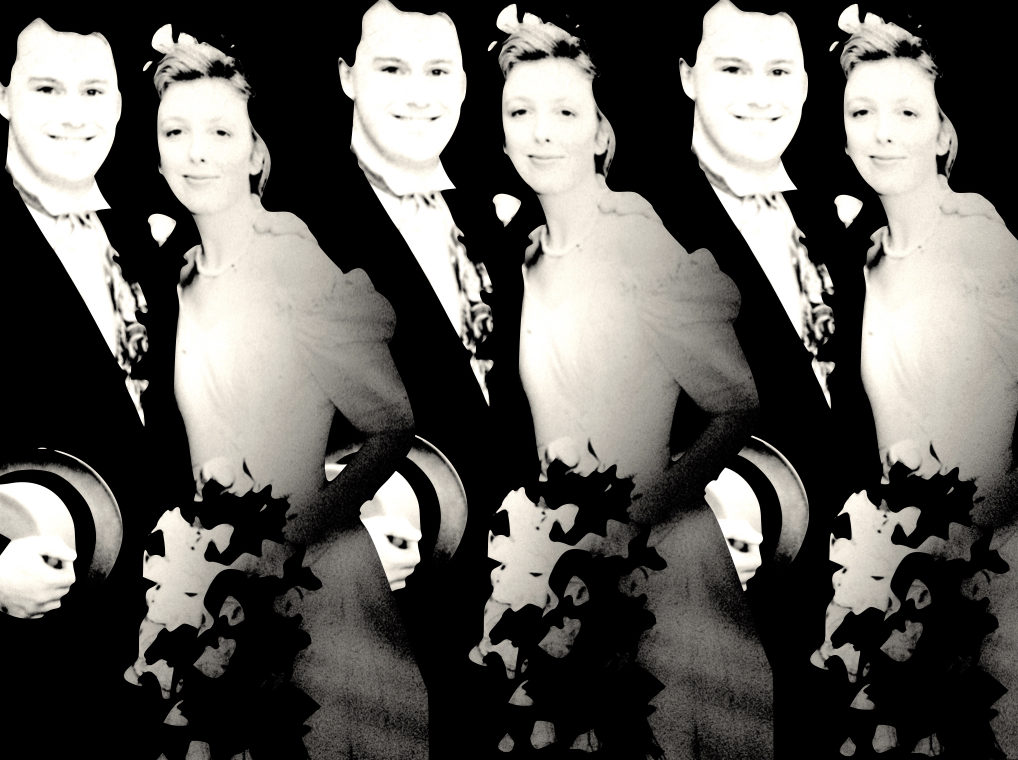

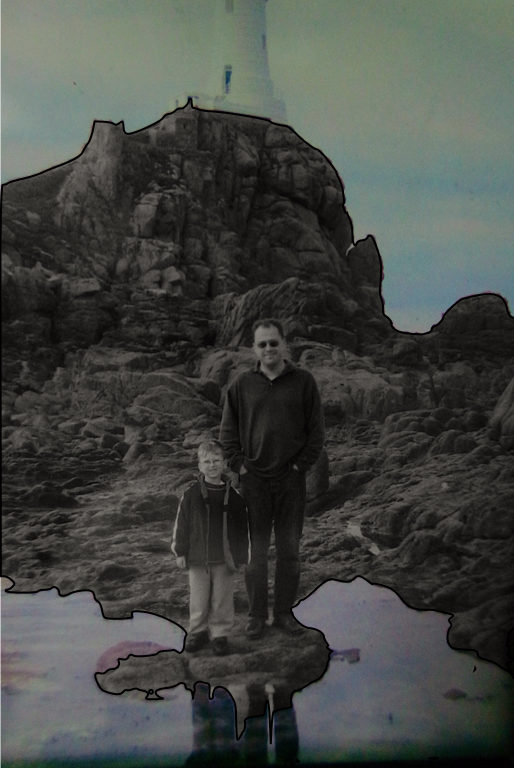


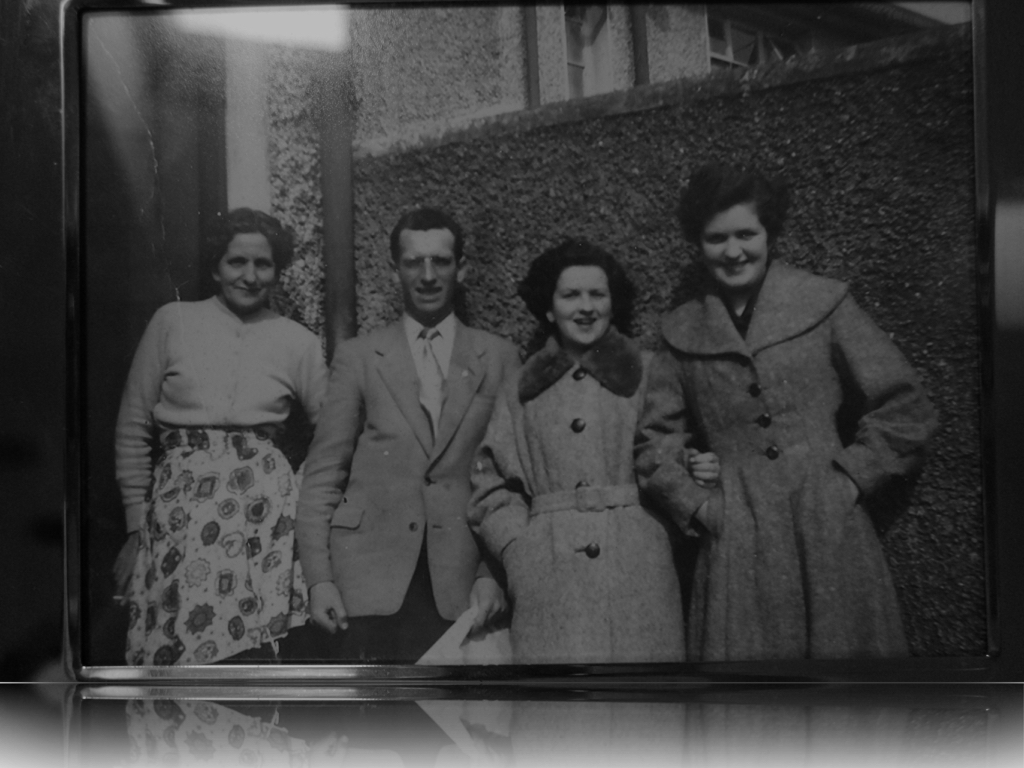



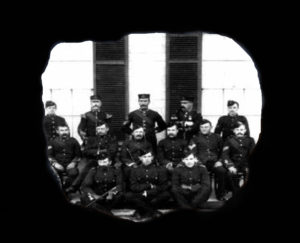
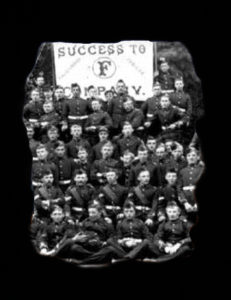







 In this shoot I will be responding to the rule of technicality and taking inspiration from the works of Henrik Malmstrom – particularly his work on ‘
In this shoot I will be responding to the rule of technicality and taking inspiration from the works of Henrik Malmstrom – particularly his work on ‘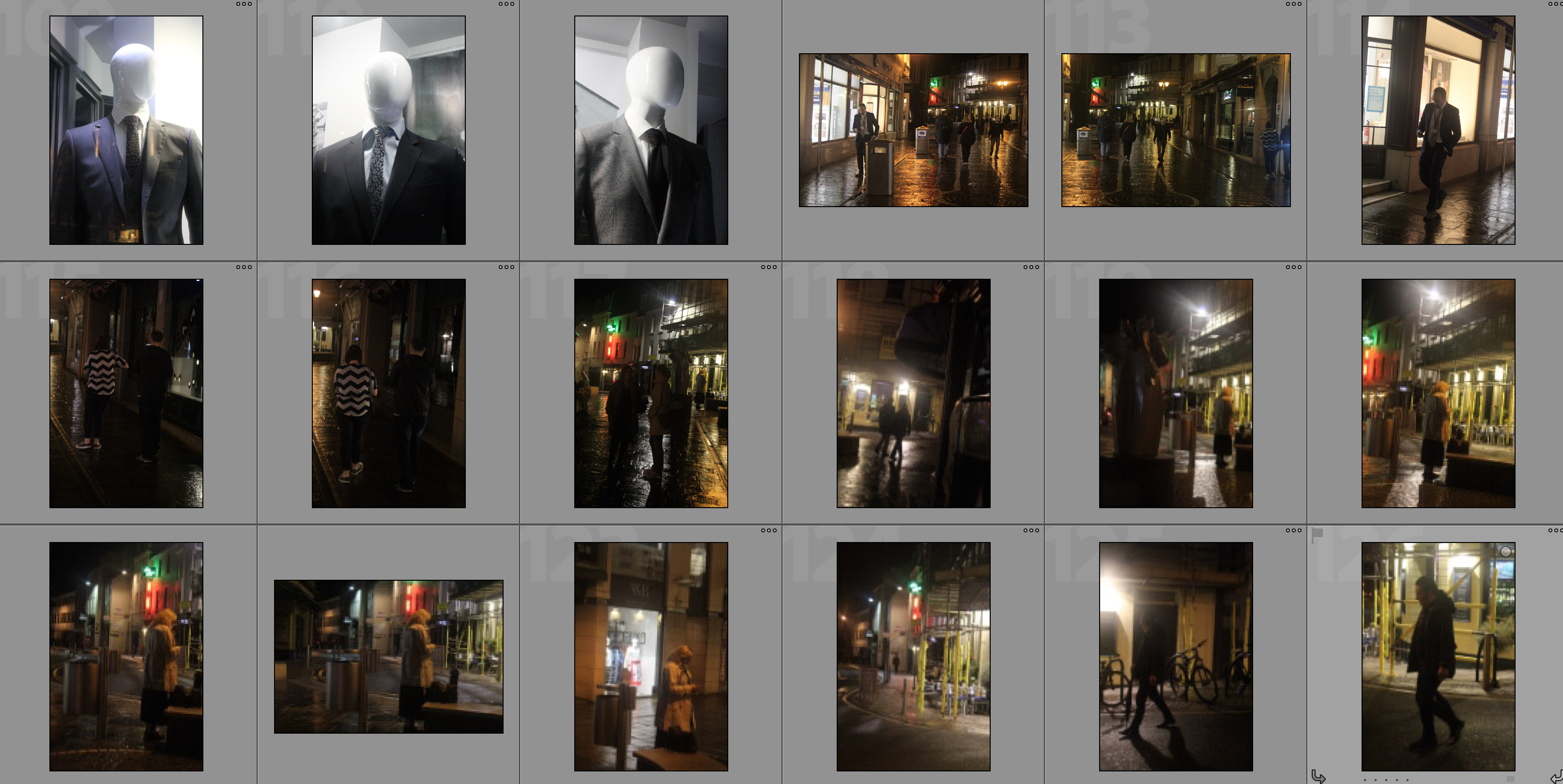
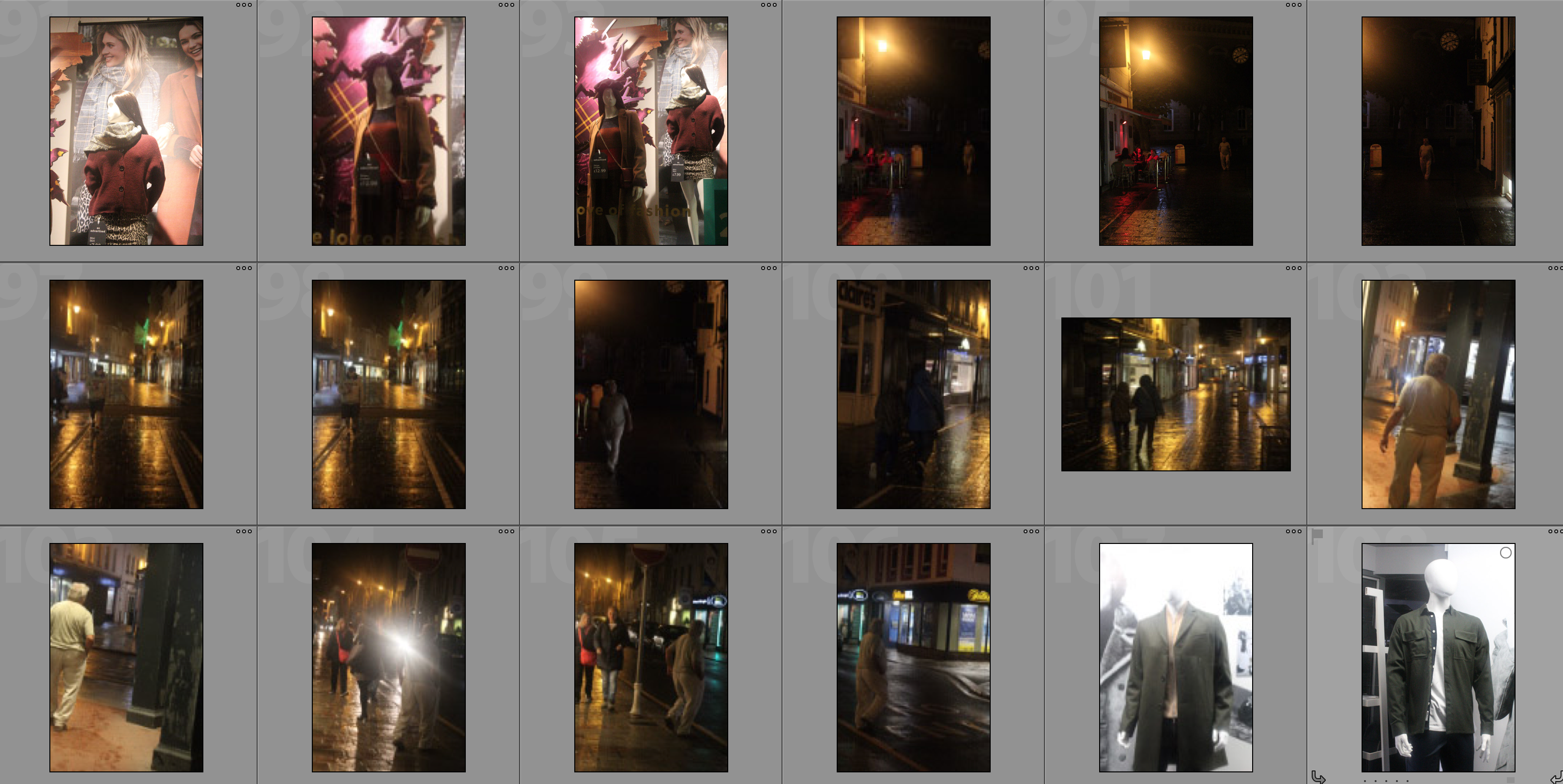
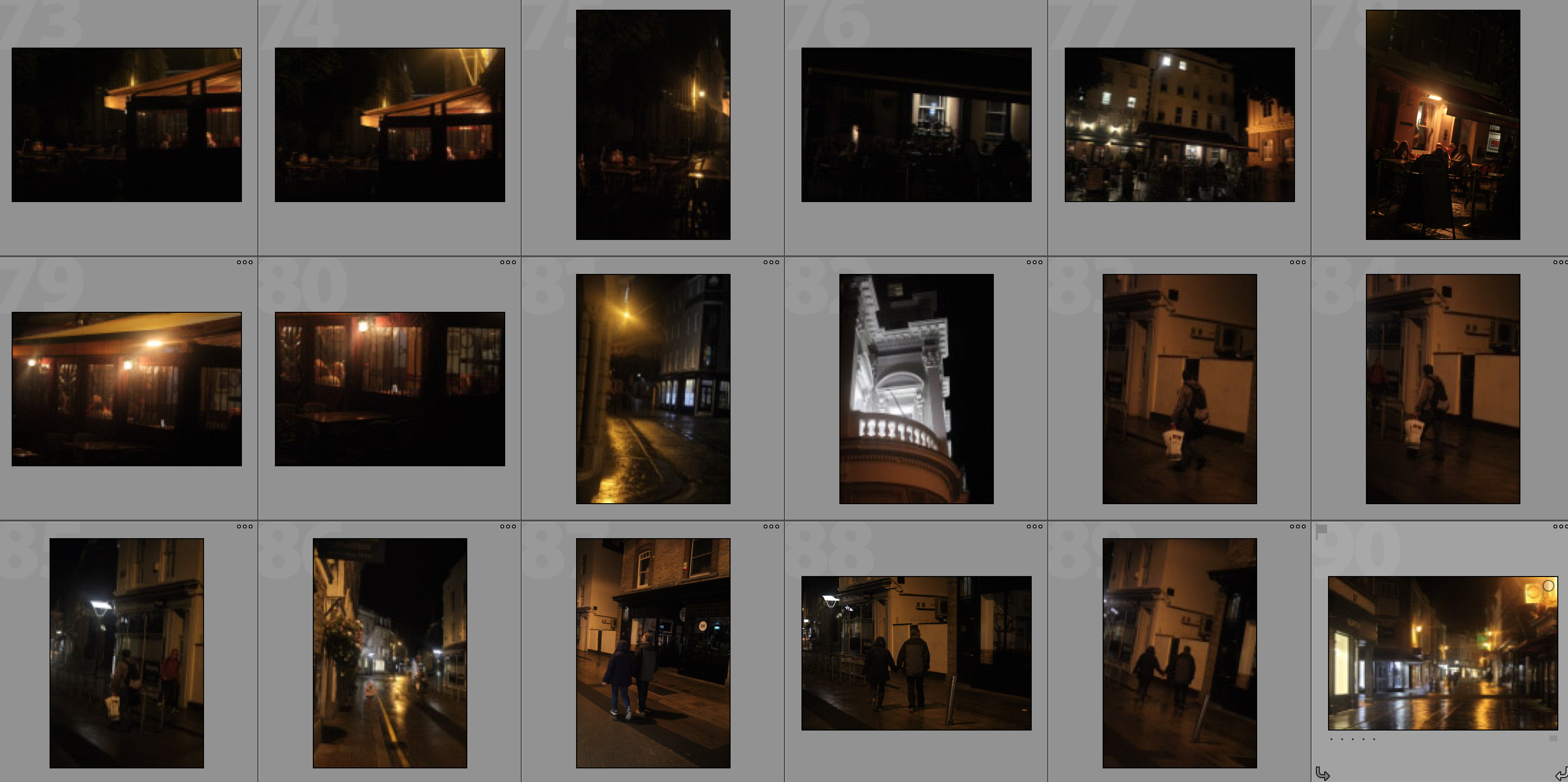


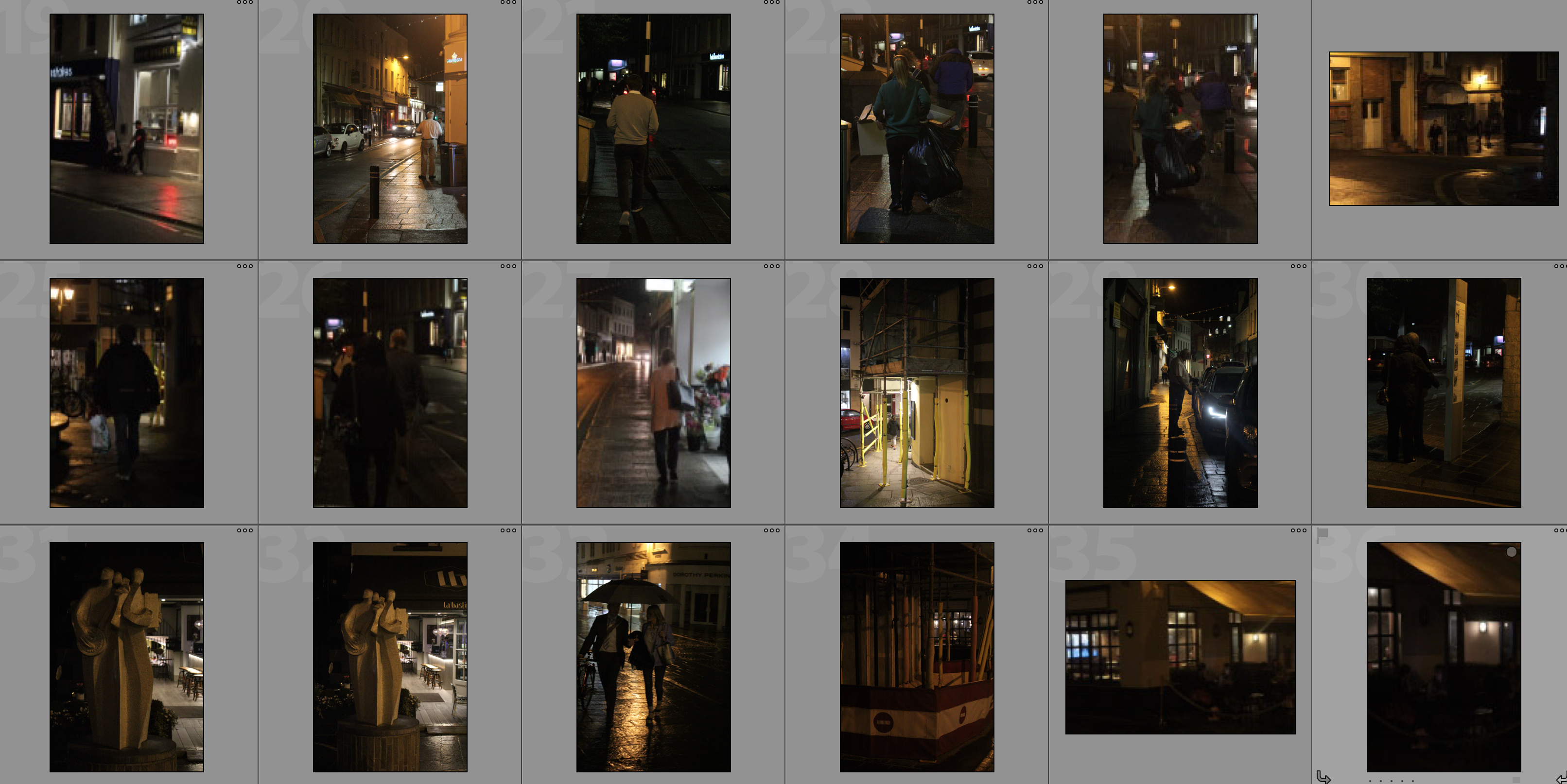
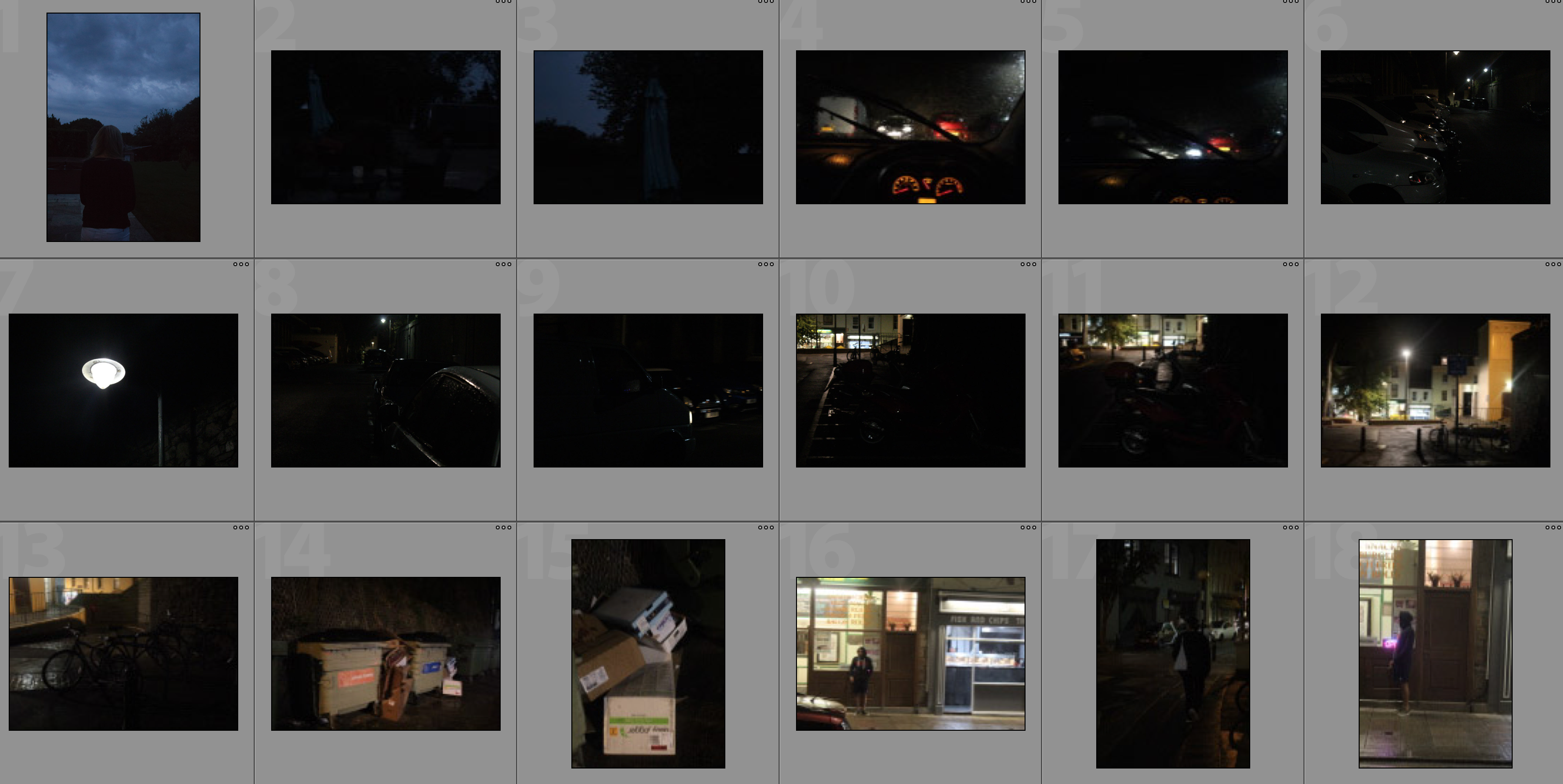
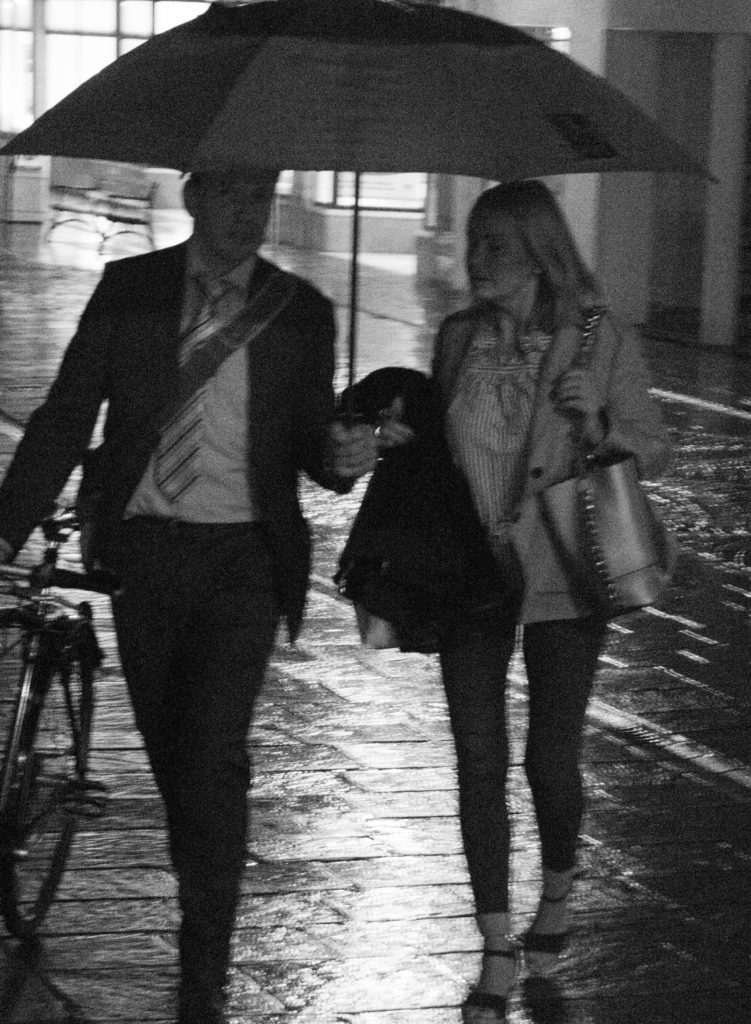
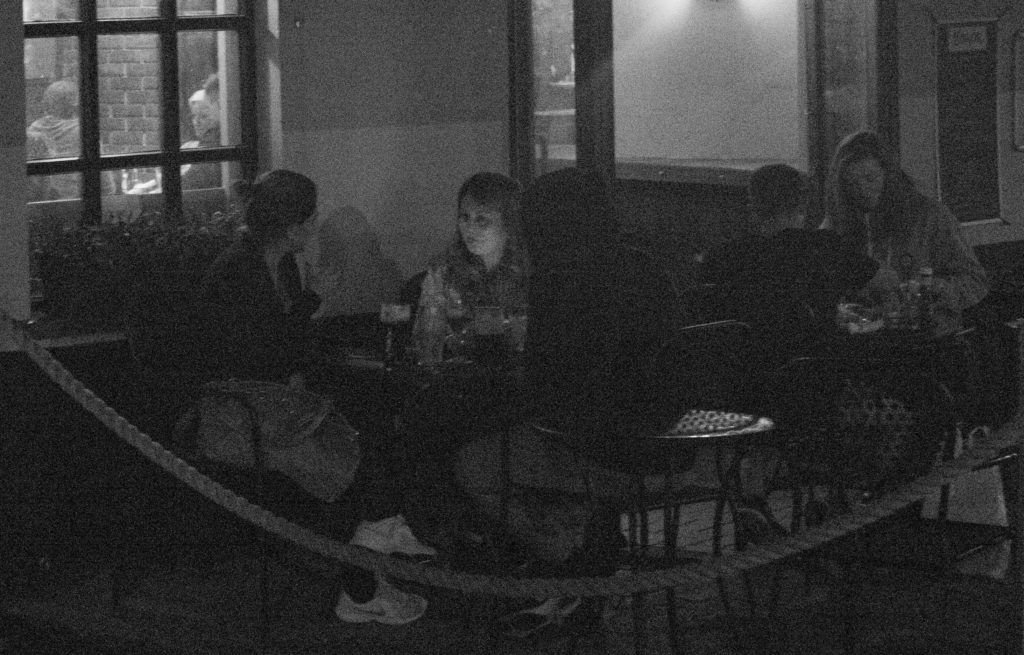
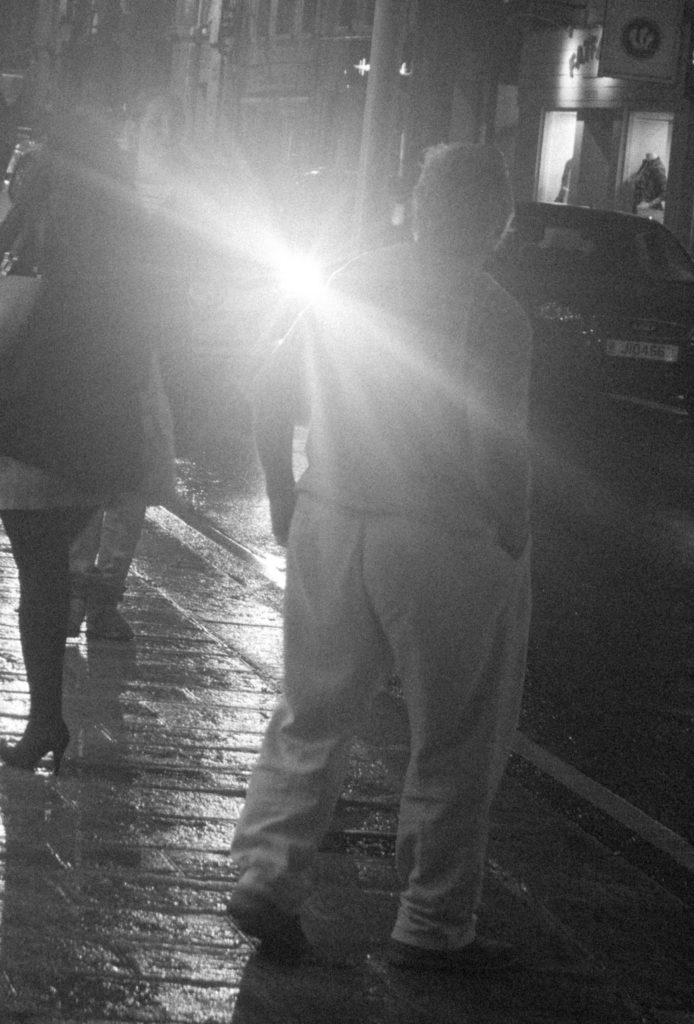


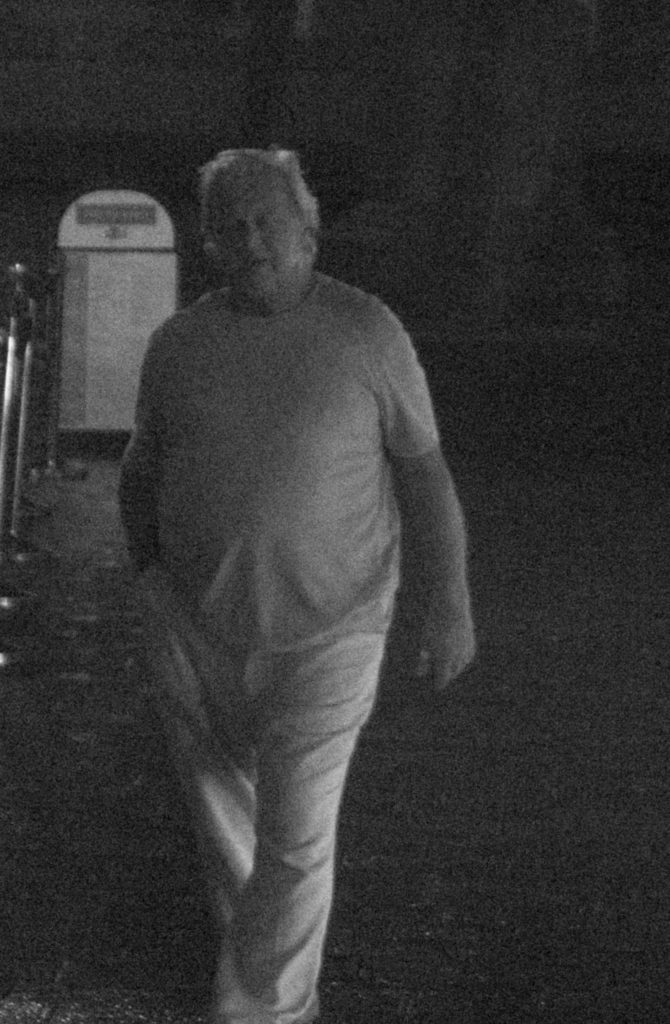
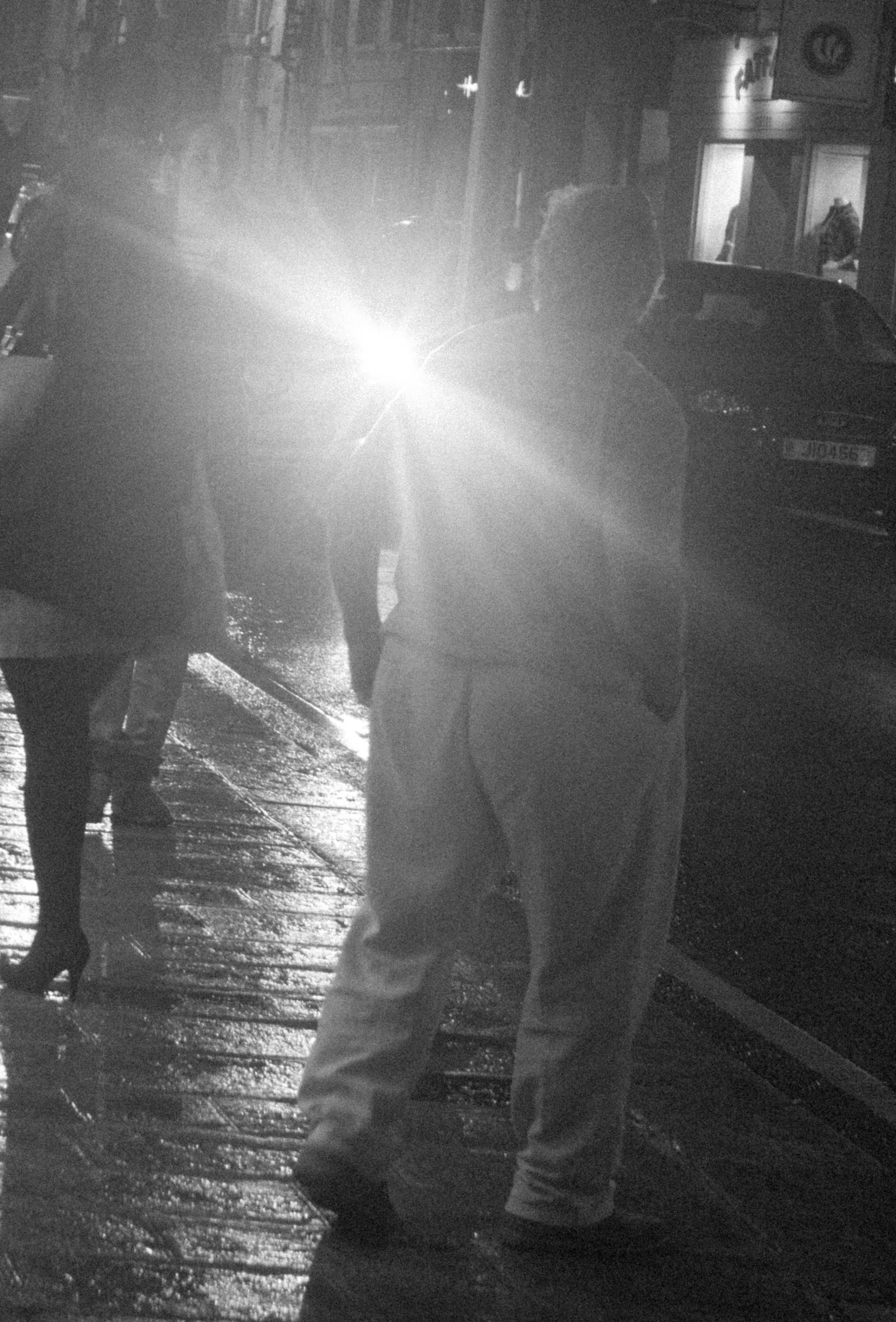
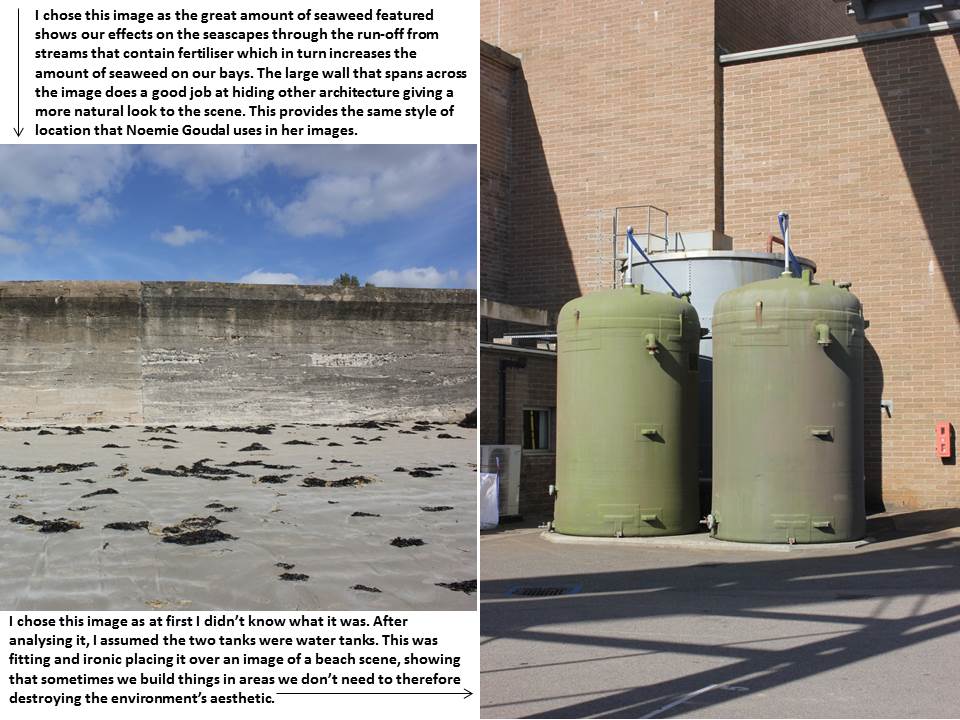
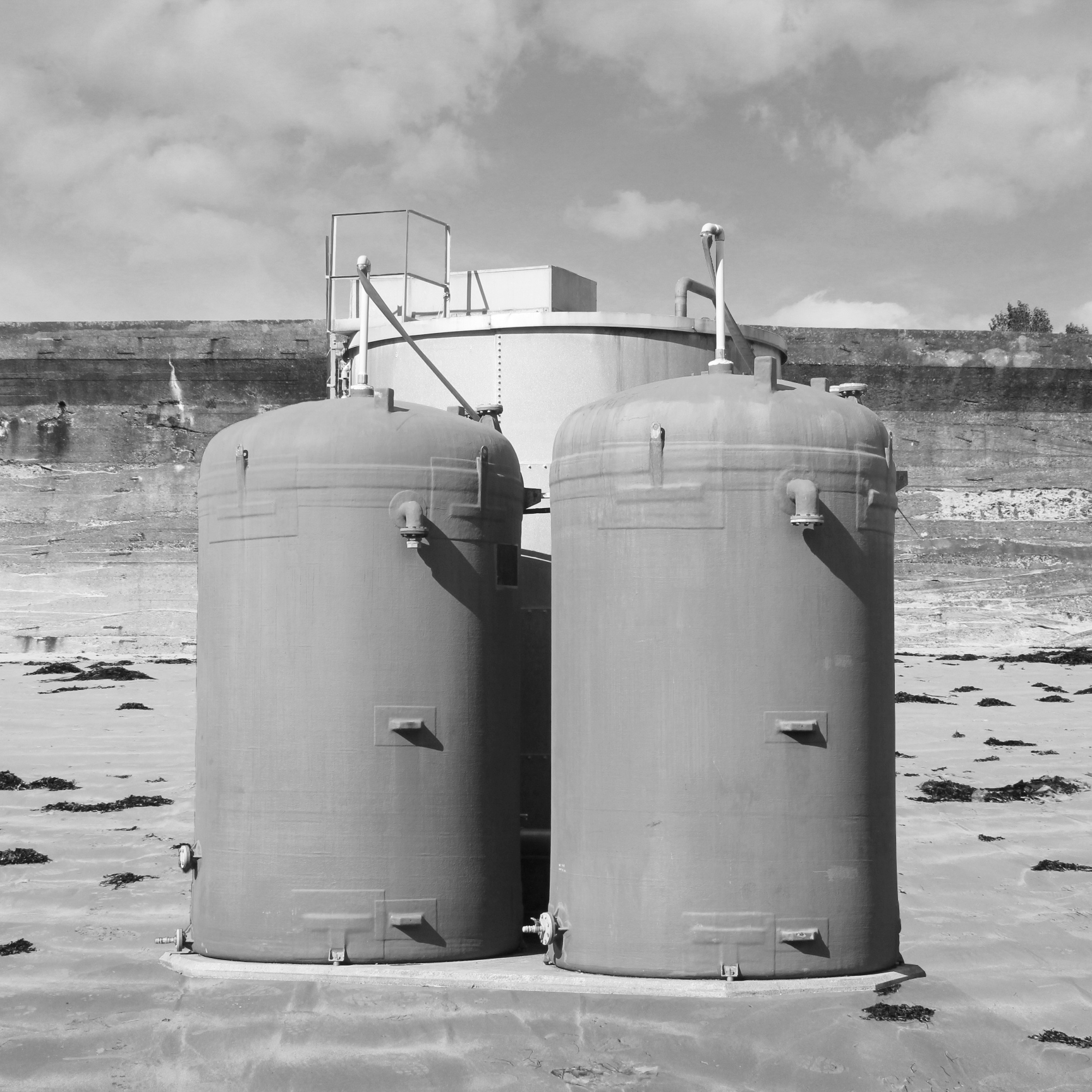
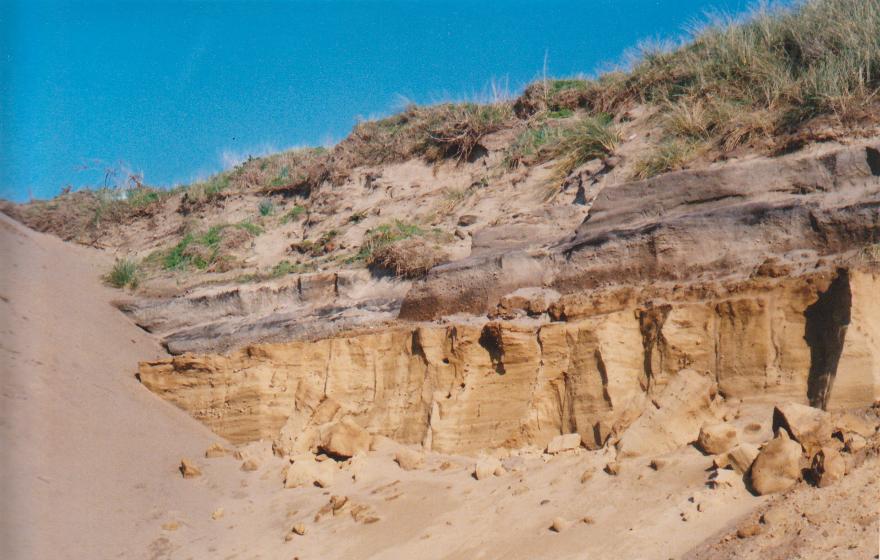

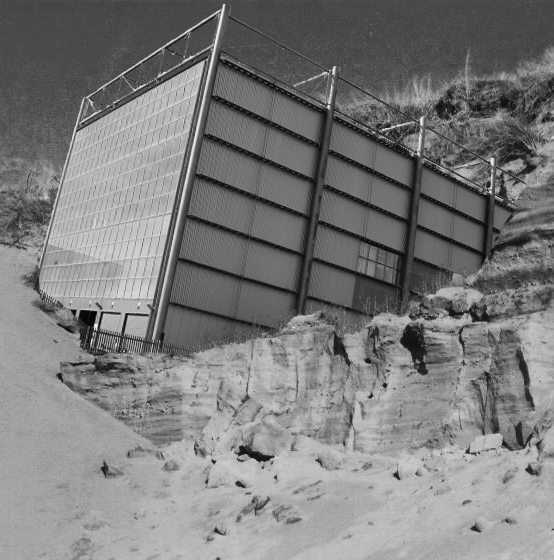
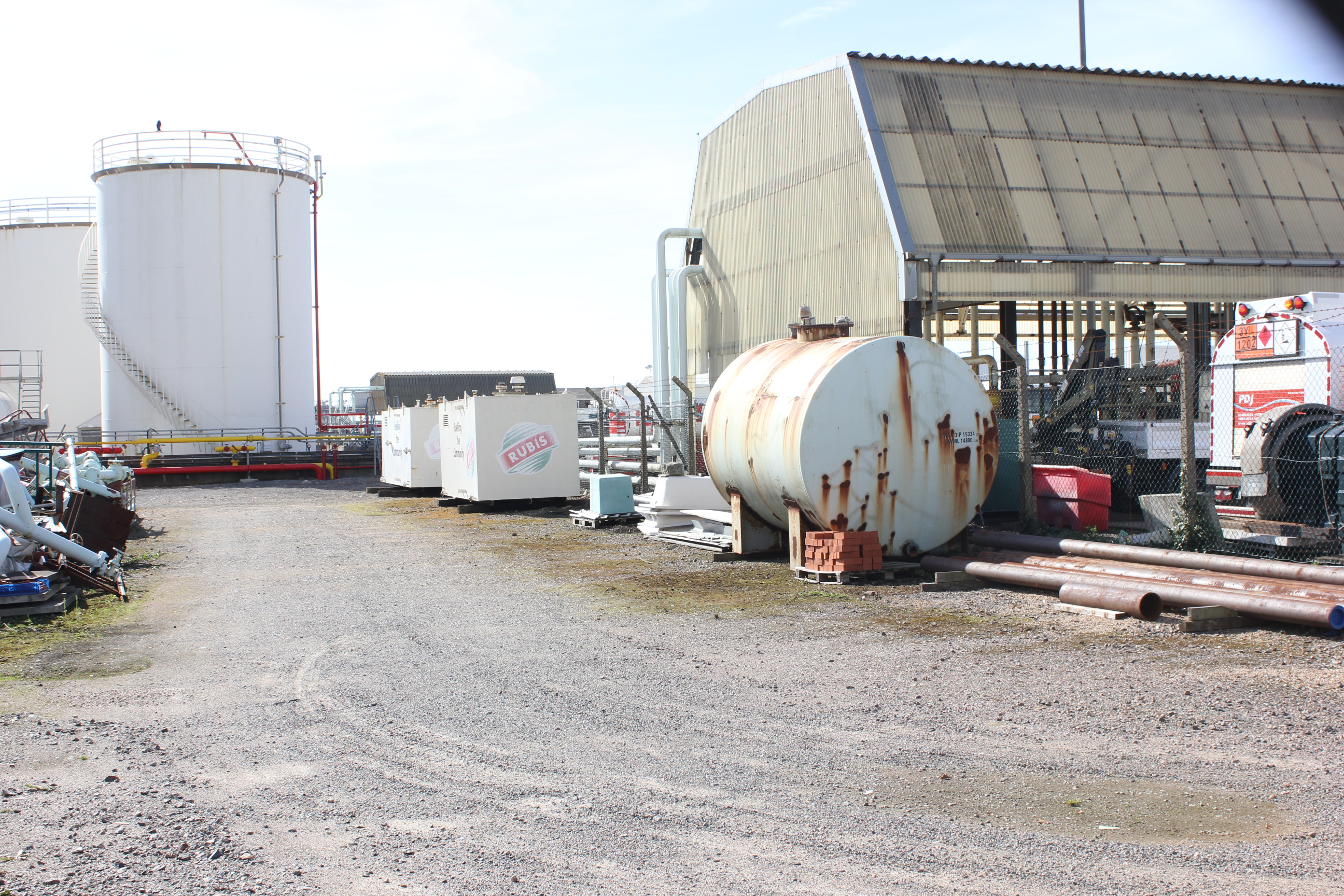

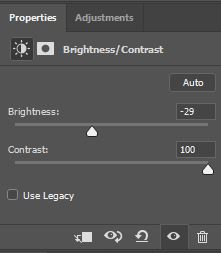
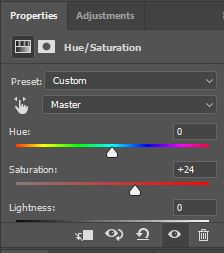
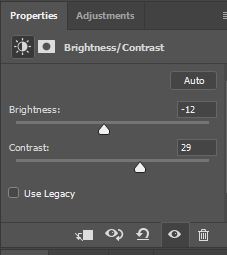
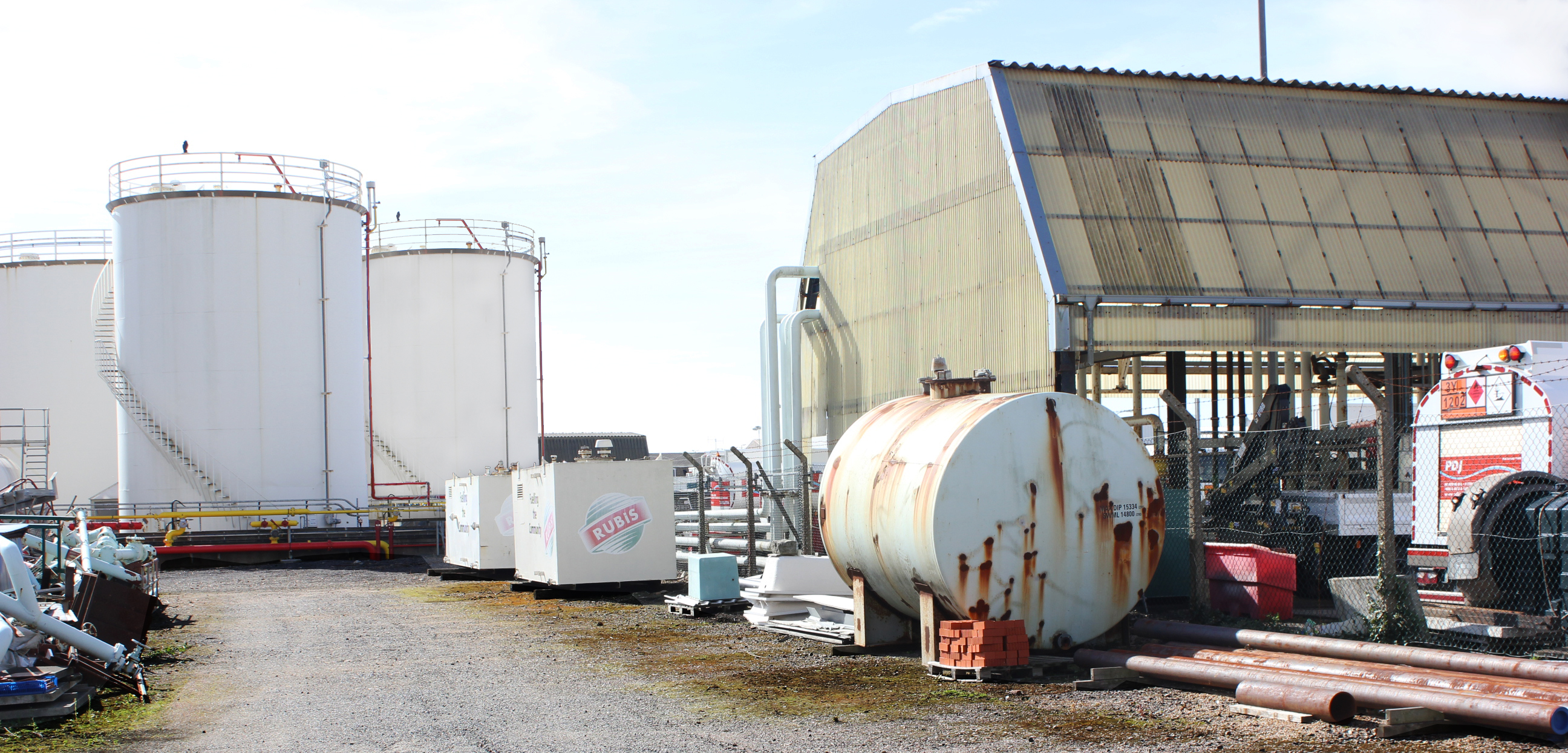

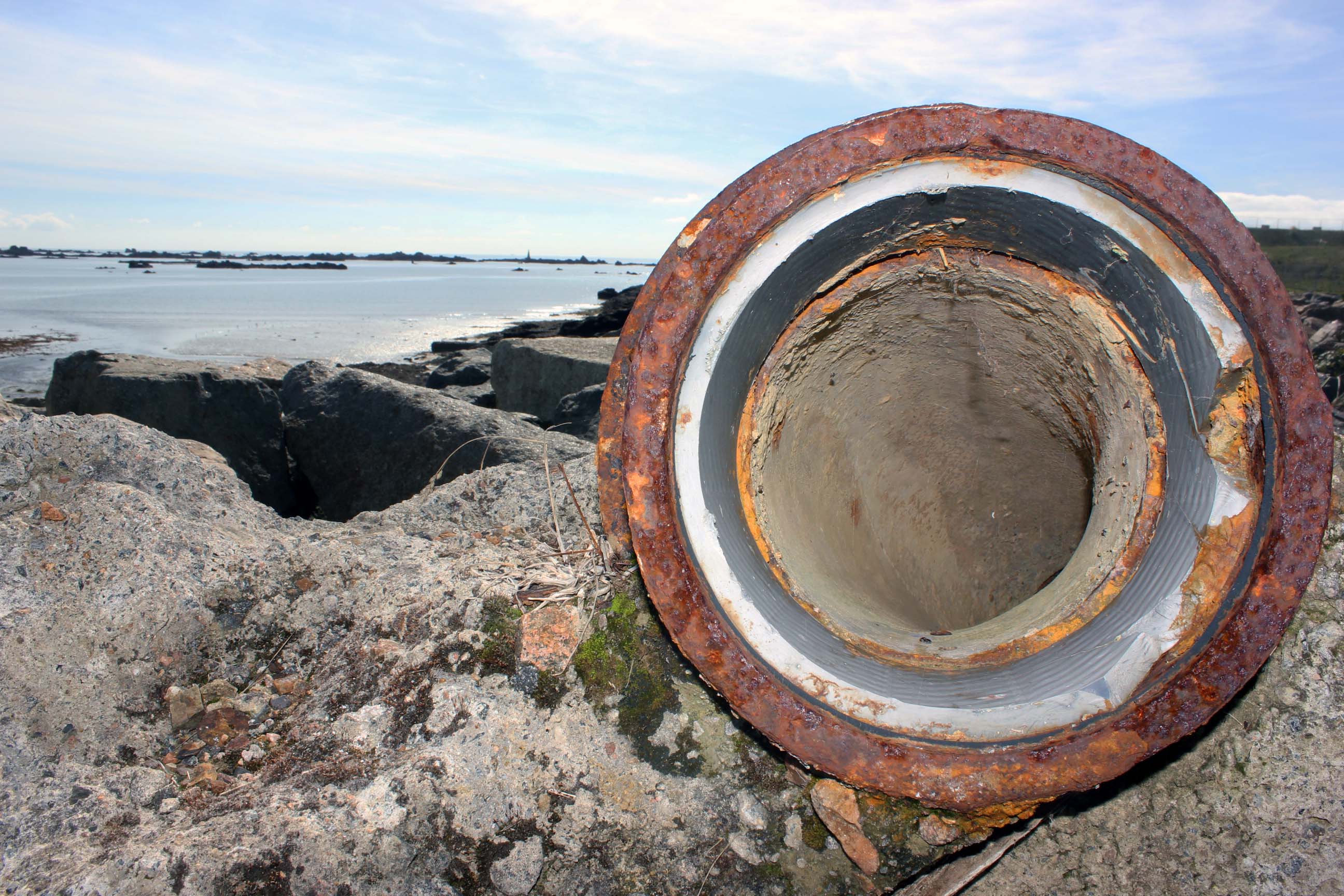
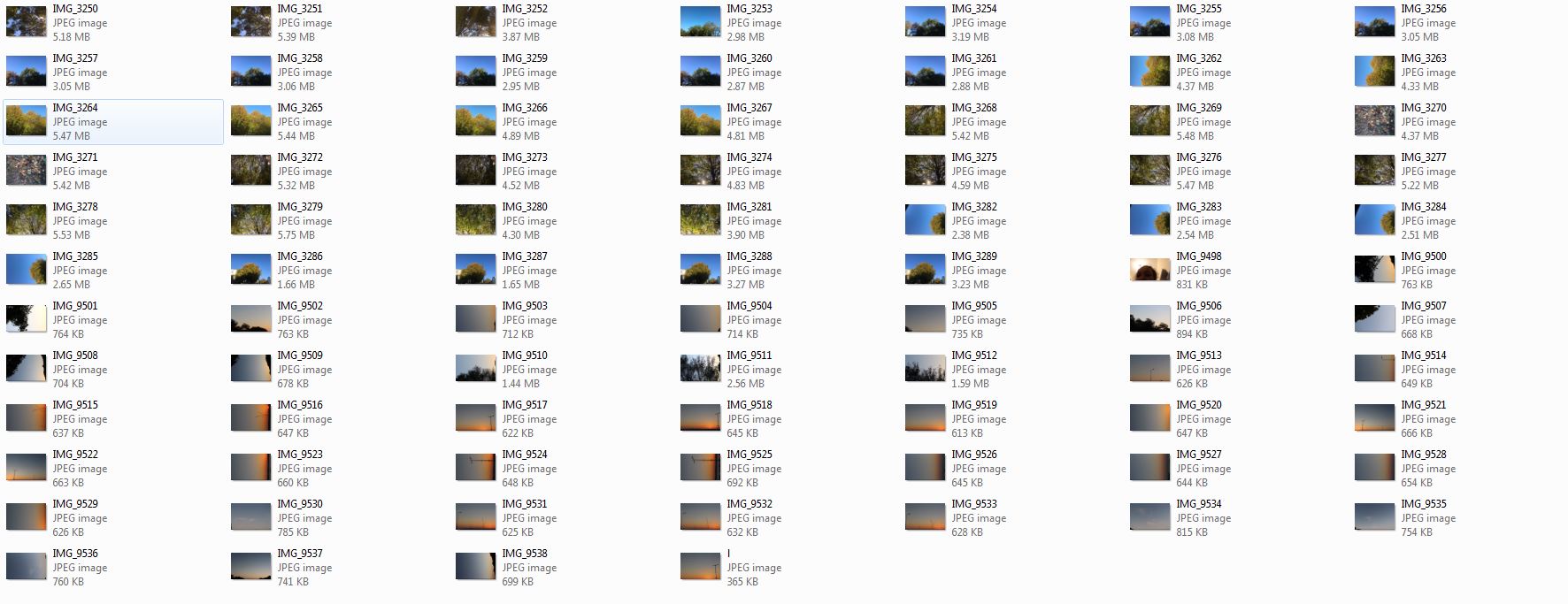





 Henrik Malmstrom is a Finnish photographer currently living and working in Buenos Aires, Argentina. Malmstrom self-published his first book in 2010, titled ‘
Henrik Malmstrom is a Finnish photographer currently living and working in Buenos Aires, Argentina. Malmstrom self-published his first book in 2010, titled ‘


 The image above shows a clear example of how she merged her images alongside the propaganda to show a strong contrast between how North Korea is portrayed through propaganda and the media compared to the reality of it. I believe that this manipulation helps to exaggerate the situation and give the viewer a sense of how bad the conditions actually are. This use of manipulation proves that the breaking of the rule can help to tell the truth and bring a realization to political issues in the world. In spite of the enormous angst in the photographic community over the problem of photo manipulation, Wielinga’s work is a powerful example of the fact that image manipulation is not always detrimental to the truth. Her composites are a reminder that transparency is more important than method, and in some circumstances a manipulated image can lead to more insights than an untouched one.
The image above shows a clear example of how she merged her images alongside the propaganda to show a strong contrast between how North Korea is portrayed through propaganda and the media compared to the reality of it. I believe that this manipulation helps to exaggerate the situation and give the viewer a sense of how bad the conditions actually are. This use of manipulation proves that the breaking of the rule can help to tell the truth and bring a realization to political issues in the world. In spite of the enormous angst in the photographic community over the problem of photo manipulation, Wielinga’s work is a powerful example of the fact that image manipulation is not always detrimental to the truth. Her composites are a reminder that transparency is more important than method, and in some circumstances a manipulated image can lead to more insights than an untouched one.
